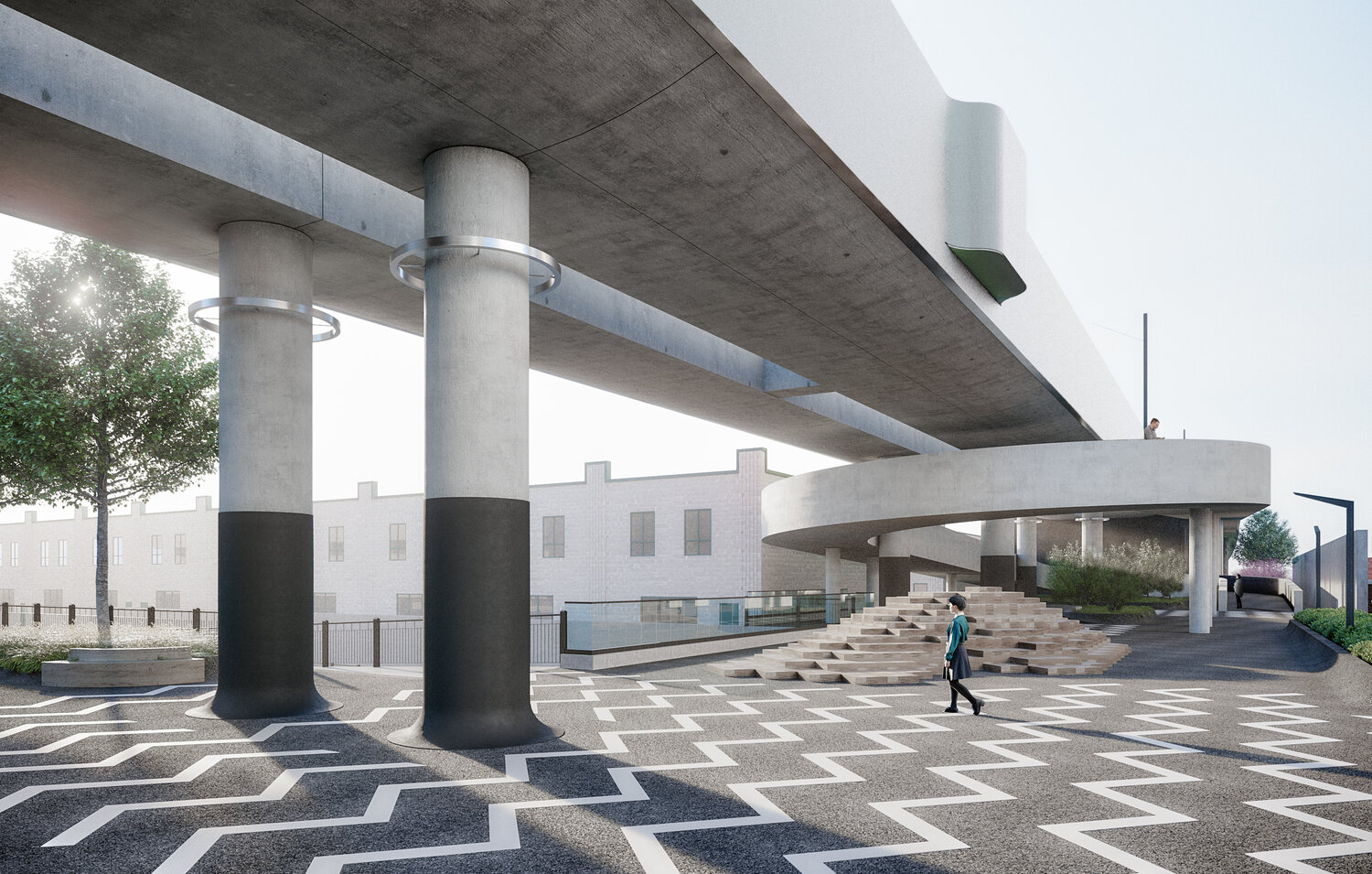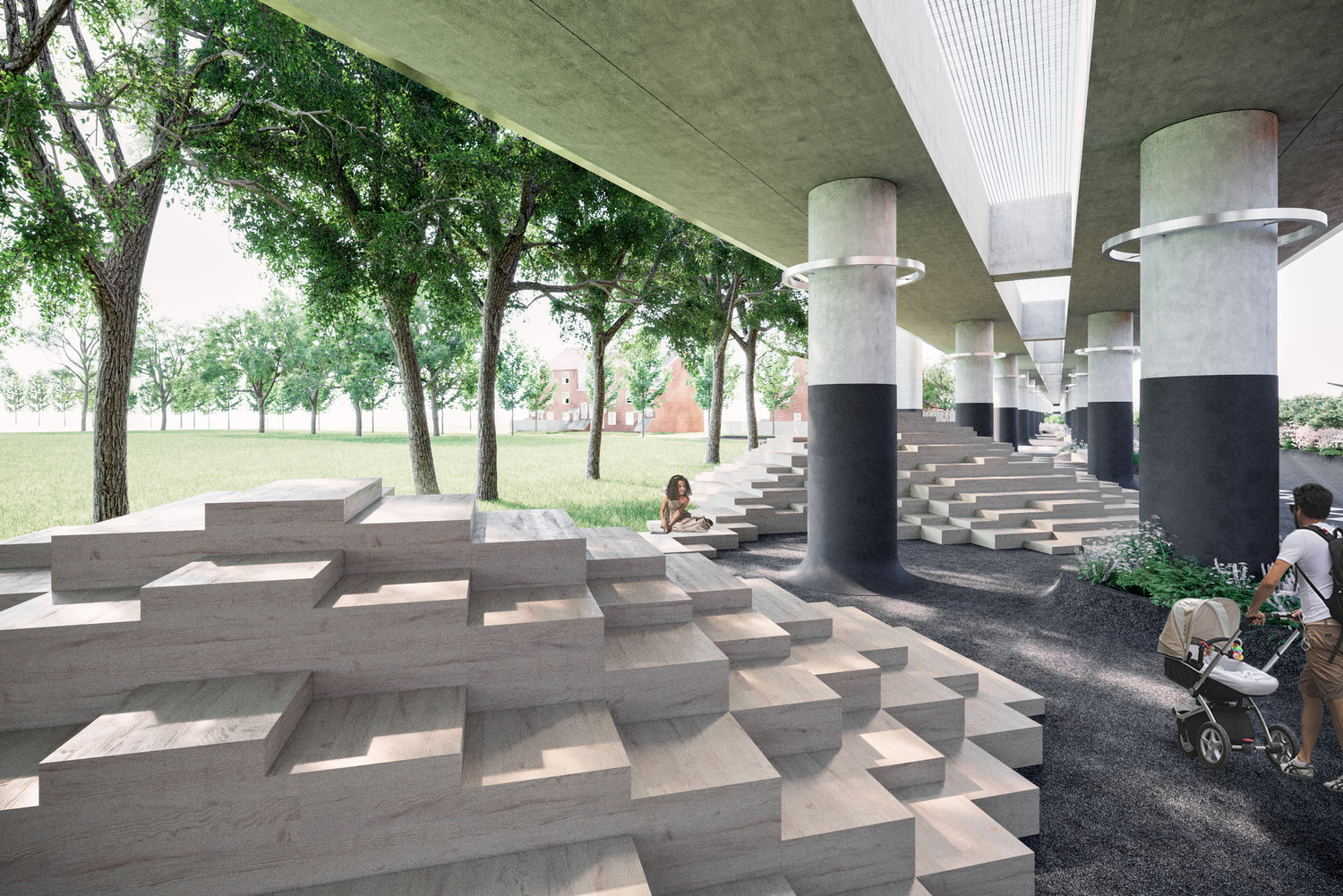I love talking to you about transit. I get to learn for free all about my weak debating techniques such as fallacies and ad hominems while simultaneously learning nothing about transit.
btw I like many lrt advocates always believed the drl should be a subway. Now the subway subway subway people are building the drl but not using a subway. See lrt people aren’t lrt people everywhere. But what does a straw man know.
In my entire post, only a single sentence, 12 words, was devoted to addressing the strawman, and I only did so to point out that you were addressing a point no one was making. Nobody, and I mean ABSOLUTELY NOBODY was begging for a Kitchener Subway. The rest of my post was devoted to talking about where I personally feel LRTs make sense, and where they don't. There are 2* places where LRTs make sense, dense downtown cores where everything is so closely packed together that the slow speed isn't a big deal (unlike suburbs where LRT speeds are often detrimental to the usability of system), or if you're building short feeder routes to other major RT lines. This is why I'm in favour of routes like Finch West, Scarborough-Malvern*, and Waterfront West/Bayfront East. The only stipulation on this front are linear transfers. If you constantly have to change trains to reach your destination, then that's just bad network design. This is why LRT lines such as Sheppard East and Don Mills were so problematic. Let's say you live in Scarborough along Sheppard. If we forget about GO (just like Transit City did), to reach downtown Toronto you had to A) Change to the Scarborough LRT, then change to Danforth, then Change to Yonge (these are of course assuming you didn't have to take a bus to reach Sheppard btw), or B) Change to the Sheppard Subway, then change to the Yonge Line, or C) Change to the Don Mills LRT, then change to DRL which was only going to reach Pape under Transit City and nothing more. This is also why I placed an asterisk with Scarborough-Malvern because in a way it could be considered to be a linear transfer, but if we went with Rob Ford's Eglinton Line plan which was to extend the Scarborough RT west along Eglinton (although hopefully elevated and not tunneled), I think that concern is basically addressed.
Here is where LRT doesn't work: 1) Large crosstown lines. The Eglinton Line has to be one of the worst LRT plans ever devised. Do you know what Toronto needs rn? A rapid east west lines that crosses the city. Do you know what does a bad job fulfilling this need? A median LRT line that doesn't even have TSP* (edit: wow that was quite a typo). The same could be said about the Hurontario Line. People like LRTs in suburbs because people believe that the low price is representative of the investment that is needed for the transit needs of suburbs. HERE IS THE PROBLEM: Suburbs are large, and well, sprawling. Effective transport in suburbs requires first and foremost high speeds, because otherwise your little transit project becomes poor people transport meanwhile everyone sticks to their cars. This is further compounded by the Toronto's idea of having the LRT lines act as a replacement for the local bus services, leaving projects like Finch West oversaturated with stops. The last thing you want for suburban transit are speeds where by the time you reach the major RT corridor you're connecting to, you could've driven to downtown and back. Currently in the middle of the day, GMaps says that it'll take 35 minutes to drive from Humber College to Downtown Toronto. That's the amount of time that's planned to get from Humber to Finch West. This is pathetic. This is exactly the type of project you build if you're hell bent on making transit look like poor people transit for decades to come. I never thought I'd say this, but do you know what transit agency seems to know how to build suburban LRT/BRT? YRT. Ignoring greenbelt areas, the average distance between viva blue stops is a little over a kilometer. This is especially useful for people who need to commute to Toronto every morning since the low amount of stops bundled with having its own ROW with TSP* (Well, York Region's Traffic Priority system, not exactly TSP) means that its still useful as a commuting method and fairly quick (outside of downtown Richmond Hill). Those who need to use the bus for local services still have access to the 98 or 99 depending on which side of Bernard Terminal you are (although the frequencies on those are a problem, but where isn't it on YRT).
Going back to Hurontario, everything I have just said about what doesn't work about LRT applies here as well. You have a large crosstown line that's eventually going to run between two GO stations running through suburbs with relatively frequent stops, travelling long distances and overall is going to push more people to use the car since even with reduced lanes, cars will still be king without high speeds and absolute priority. This is ultimately going to also affect ridership because people don't like sitting on slow moving LRVs as a method to travel around town unless they have.
As a closer, I would like to bring attention to two west coast cities, Portland, and Vancouver, both of which have roughly the same population in the metro area. Portland has a massive LRT network that they have built up over the years that is almost 100km long, meanwhile Vancouver's system is only 80km and has far fewer stations. However if you look at ridership numbers, a completely different story is told. Vancouver has a daily ridership of 526,000 meanwhile Portland's much larger network only serves 121,000. The reason for this is extremely simple, the ability to run fast automated trains that aren't impeded by traffic, pedestrians, or traffic lights are a far more compelling method of traversal especially if you're coming in from suburbs which is the market that both of these systems attract. If you live in Vancouver, even if the Skytrain isn't faster than the car, its fast enough that even on an off peak journey, a wealthy car owner might still consider taking the Skytrain instead of the car if they want to save on gas and maybe get some work done on the way to downtown. The same doesn't happen in Portland because nobody wants to use Max unless they need to. This is why Vancouver canned the Surrey LRT plan, a plan that on average would've saved a single minute in travel time compared to the bus route it was replacing, in favour of a Skytrain extension to Langley. This is why Montreal canned their tram systems in favour of having the CDPQ pay for automated Light Metros (which is what I've been advocating for on this forum). Sure they might be pricier, but the ridership is significantly larger, and average travel times are significantly faster. For a slightly larger cost (and when I say slightly, I mean they're not even 2x more expensive than LRT), you get exponentially larger ridership and you end up improving travel times tenfold.

